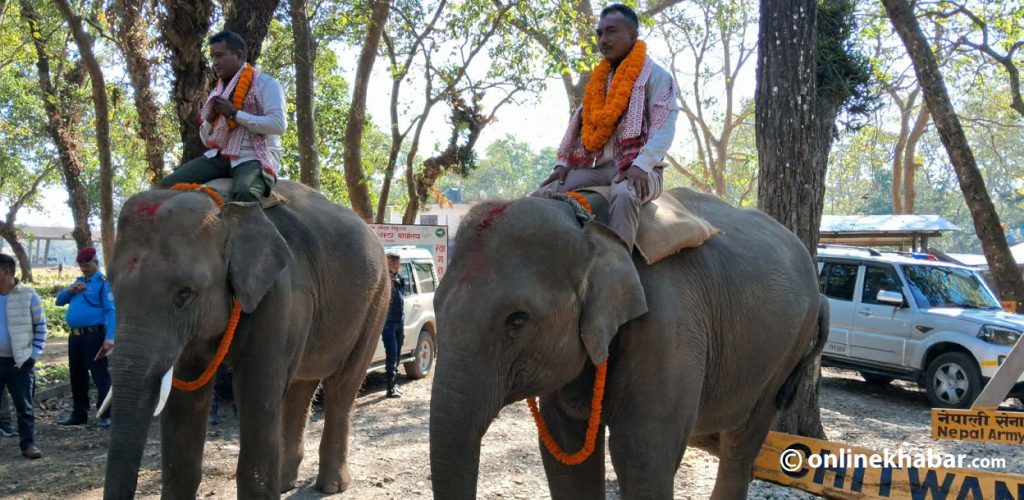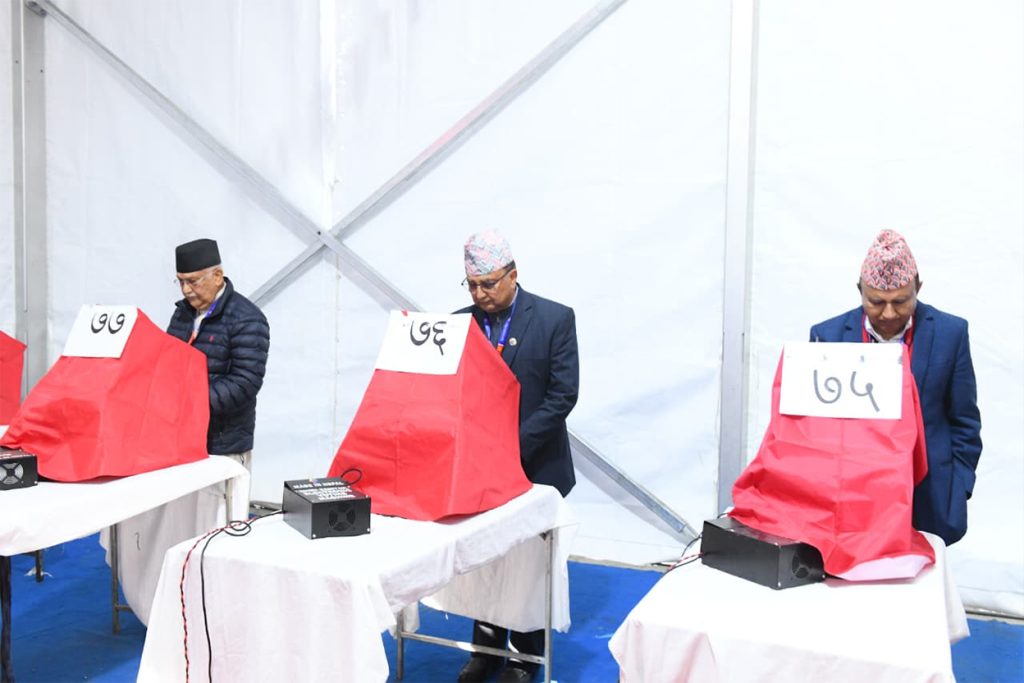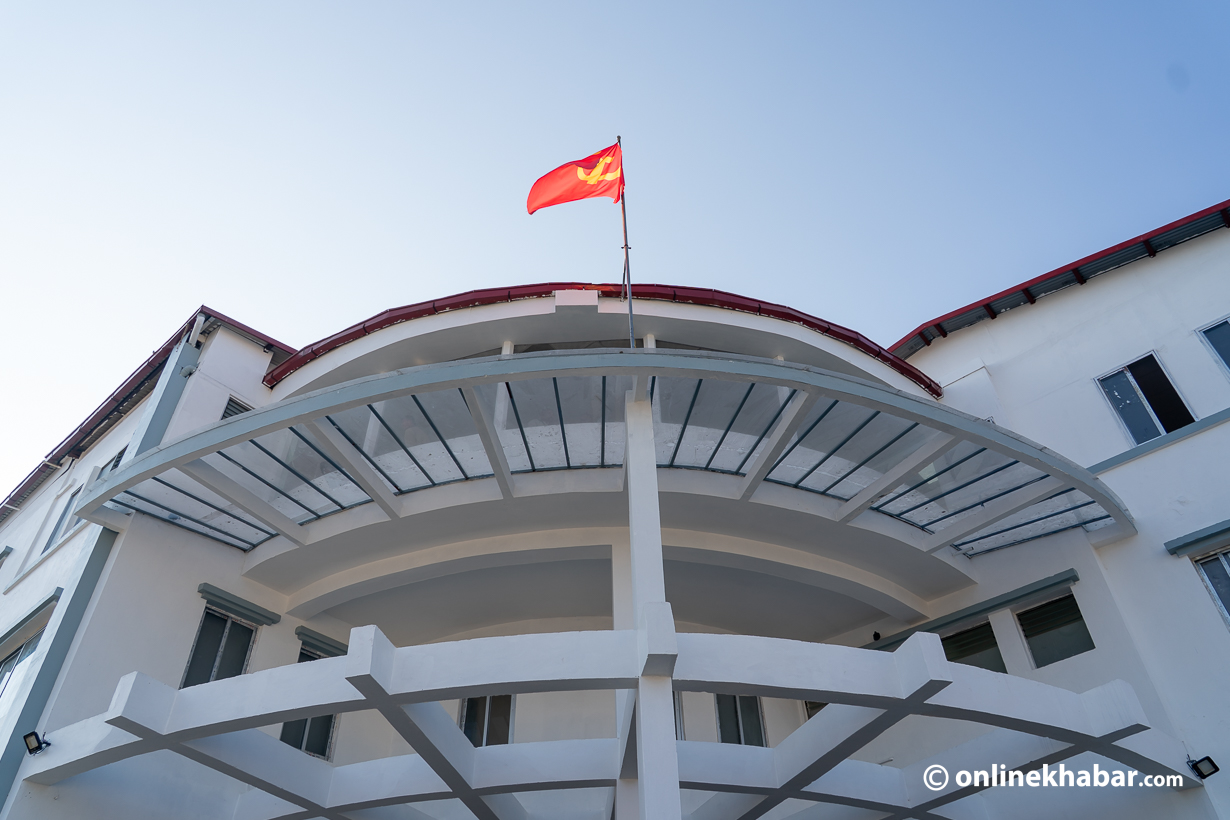
Humans have a close connection to the moon, the only natural satellite our Earth has, culturally, socially and astronomically. Exploring the moon has been a key point in history and there have been over 140 missions, with different mission types, launched so far. Of that, however, only six moon missions have successfully landed humans on the celestial body, including the famous Apollo 11 mission of July 1969.
The week went by celebrating the recent achievement of the Indian Space Research Organisation (ISRO) with its Chandrayaan-3 mission, with a focus on its historic landing near the south pole of the moon. On this occasion, here are a few firsts of the moon missions with landmark achievements.
Pioneering the missions

The very first attempt to reach the moon, or at least go near the celestial body was made on August 17, 1958, by the United States Air Force (USAF). Pioneer 0 was intended to become the first spacecraft to be launched beyond Earth’s orbit. The primary objective of the mission was to achieve an orbit around the moon and conduct scientific measurements during its journey.
However, the mission ended in launch failure due to a turbopump gearbox malfunction, which resulted in the explosion of the first stage of the rocket. Instead just reached an apogee of only 16 kms (10 miles) and fell back to Earth.
It marked a significant step forward in the early days of space exploration and even highlighted the challenges and risks inherent in launching missions beyond Earth’s orbit; a key lesson for future moon missions.
The first contact
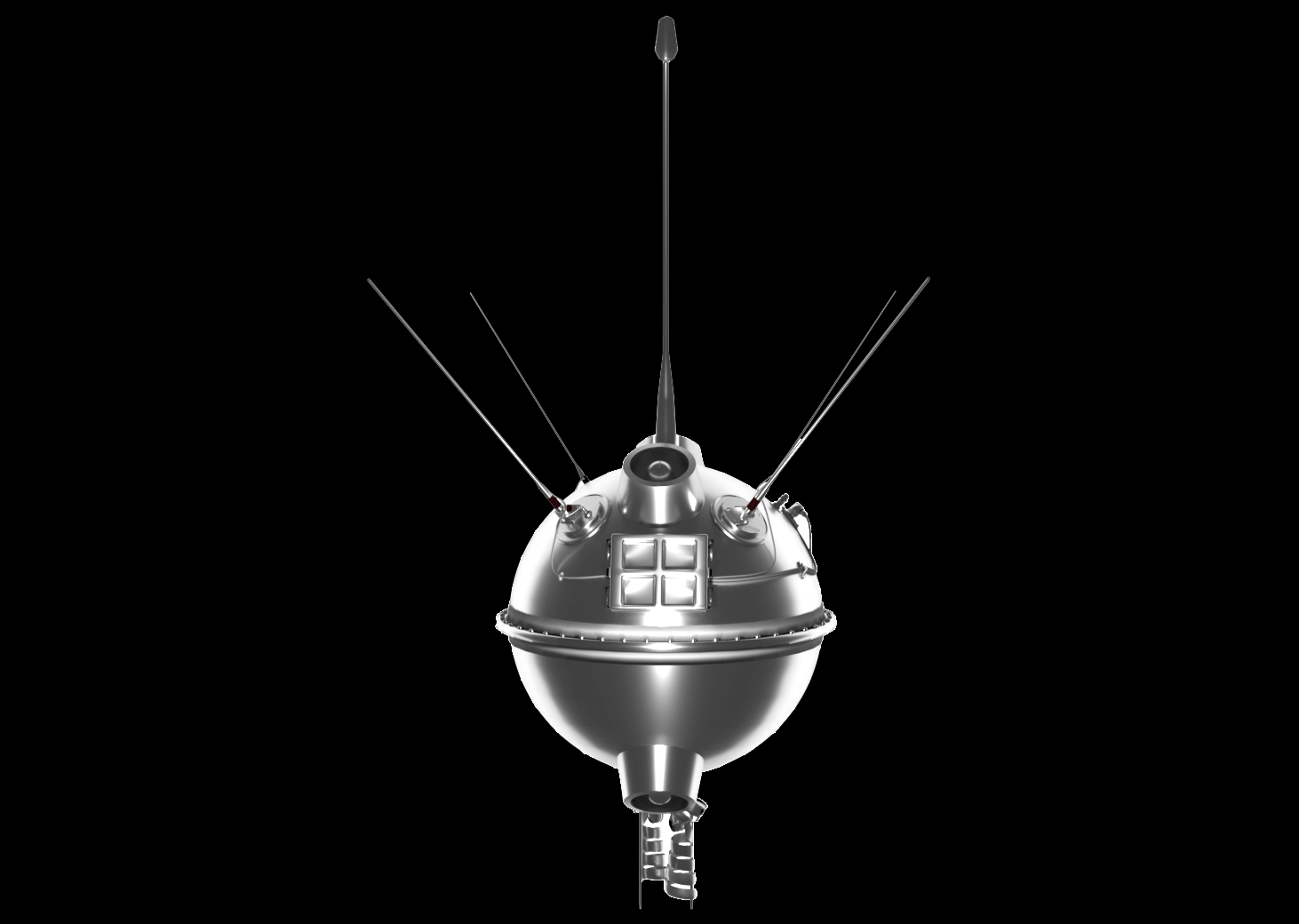
Launched on September 12, 1959, Luna 2 was the first human-made object to reach the moon. It was built under the then-Sovient Union government. The craft crash-landed on the moon’s surface on September 13, 1959. It left a mark in history as it became the first human-made object to impact another celestial body.
After its crash, it provided valuable data on the moon’s radiation environment. This was the eleventh attempt humans made to reach the celestial body. All moon missions embarked upon before this resulted in failure due to explosions or technical miscalculations.
Predecessor Luna 1 came close to success, but instead of landing on the moon, it missed the mark and flew past it. Before that, Pioneer 4 by the USA in 1959 also met the same fate.
Capturing moon’s dark side
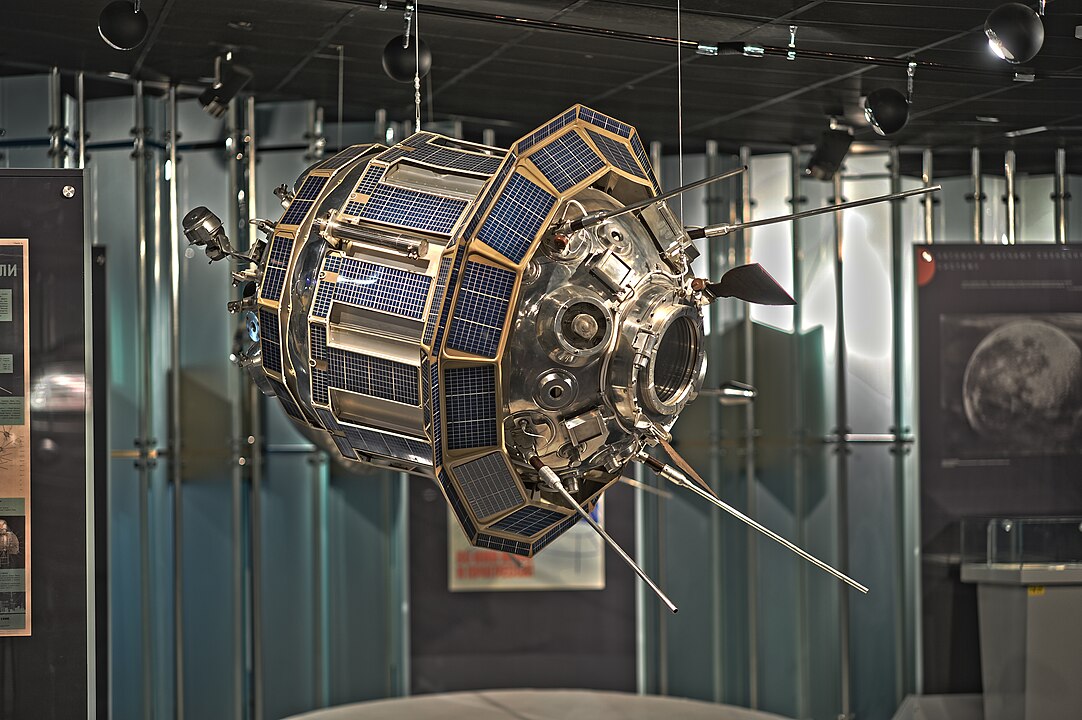
The very next attempt humans made another imprint on history. After Luna 2, Luna 3 marked a groundbreaking achievement in space exploration by becoming the first spacecraft to capture and transmit images of the far side of the moon. It was launched on October 4, 1959, and orbited the moon, taking a series of photographs, and sending them to the Earth. The unseen far side of the moon provided scientists and astronomers with a valuable glimpse of this unexplored terrain, constructed more accurate lunar maps, and paved the way for future lunar exploration missions.
Its radio communication was lost shortly after the image transmission, and the spacecraft eventually re-entered Earth’s atmosphere in early 1960. But this remains a stellar event among all the moon missions so far.
Controlled landing
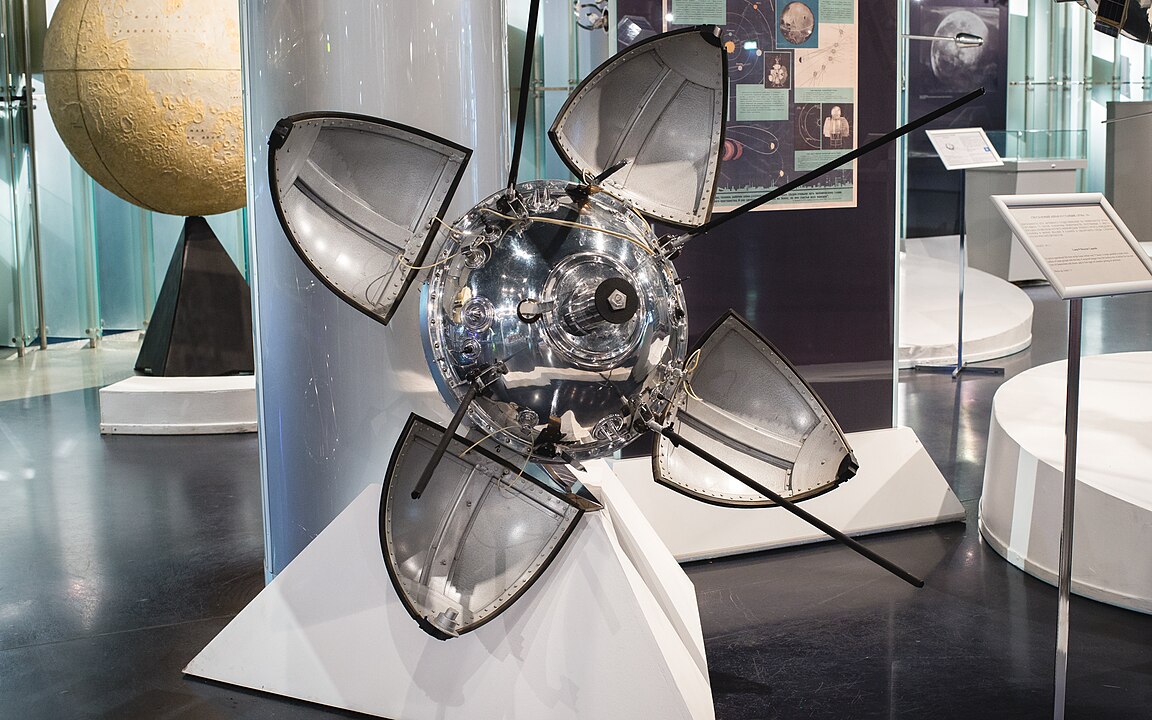
On February 3, 1966, Luna 9 achieved a historic milestone in space exploration by becoming the first spacecraft to achieve a controlled soft landing on the moon’s surface. After the successful landing, the probe transmitted valuable data and images of the lunar landscape back to Earth.
Landing on the moon’s Ocean of Storms, its camera captured and transmitted a series of panoramic images of the lunar surface, its first-ever up-close view of the landscape. Of all the moon missions, this one demonstrated the feasibility of landing spacecraft on other celestial bodies, without crashing, paving the way for future lunar and planetary exploration endeavours.
Tortoise won the race

Aboard the shuttle sent by the Soviet Union, two tortoises became the first species to be near the moon. On September 15, 1968, Zond 5 carried the living organisms close to the moon and went around it. The spacecraft carried other biological specimens and scientific instruments. The shuttle, upon re-entry, was safely recovered in the Indian Ocean; which was also the first among many other moon missions in history.
The mission provided valuable insights into how living organisms would respond to the space environment and lunar gravitation. It gave insight into the potential impacts of long-duration spaceflight on living organisms and helped in planning to send humans to the moon.
First humans around the moon
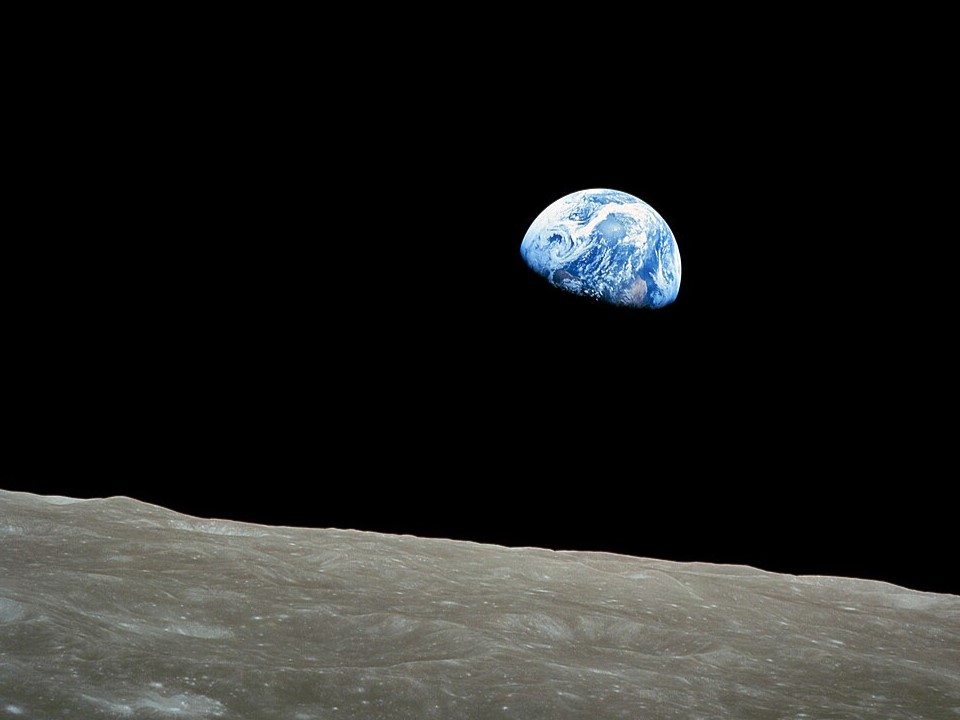
Before the historic moment of humans on the moon, NASA sent Frank F. Borman II, James A. Lovell Jr., and William A. Anders onboard the Apollo 8. The trio became the people to go on a crewed mission and go around the moon. The crew, also famously captured the iconic “earthrise” photo.
Launched on December 21, 1968, the flight took off and went around the celestial body. The trio orbited the moon ten times over 20 hours on the shuttle and reentered the earth safely on December 27, 1968. The mission was also televised on Christmas Eve that year.
Giant leap for mankind
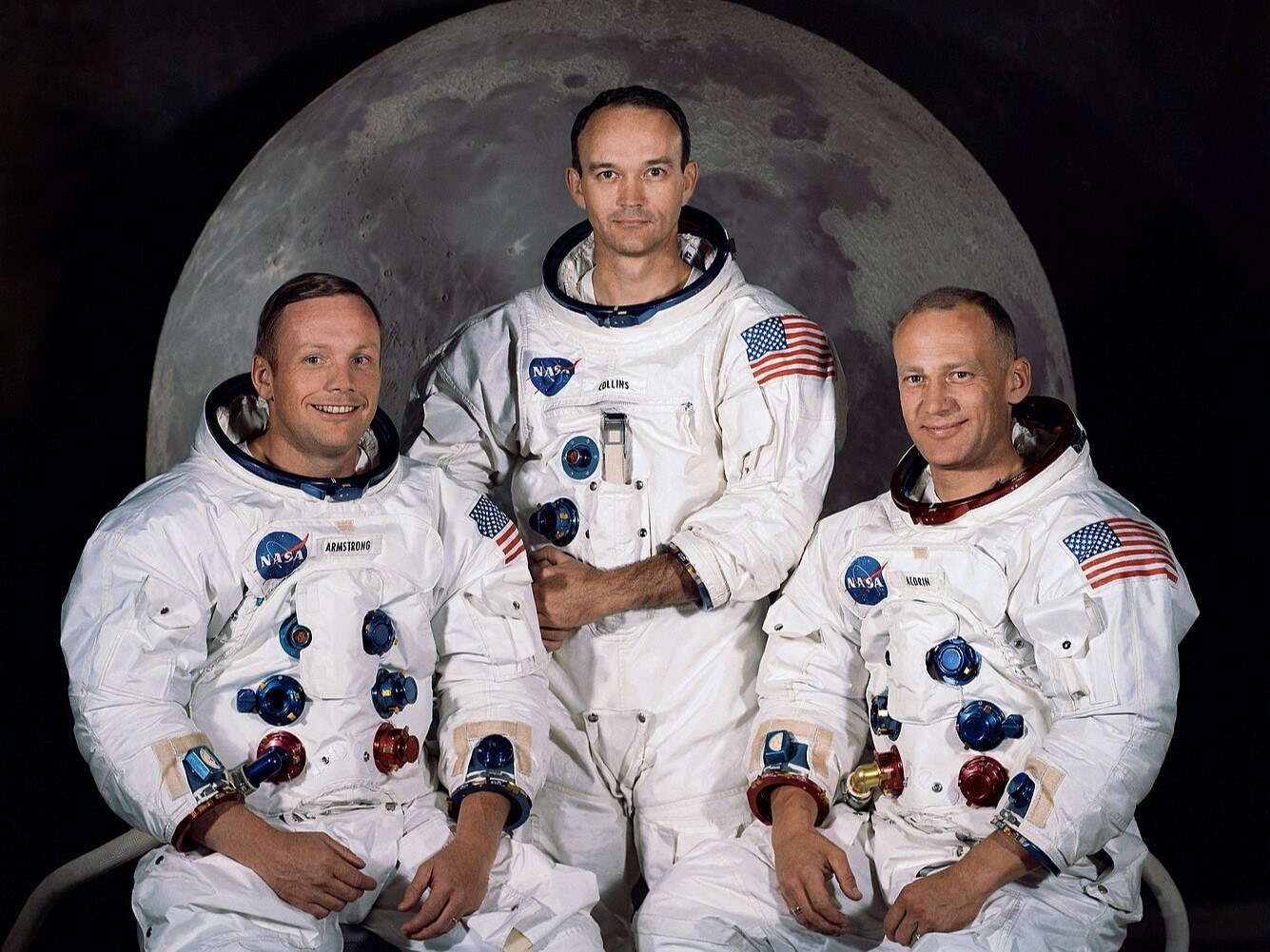
Then came the moment that defined mankind. On July 20, 1969, the words “One small step for man, one giant leap for mankind” echoed and created history. Neil Armstrong and Edwin “Buzz” Aldrin became the first humans to walk on the moon while Michael Collins orbited above.
Launched on July 16, 1969, Apollo 11 was the historic mission that saw the successful landing of a crewed shuttle on the moon. The landing was made possible backed by data from moon missions before this, including the Lunar Orbiter series (1966-1967) that mapped potential landing sites while the Surveyor series (1966-1968) tested landing techniques.
The subsequent Apollo 12-17 moon missions successfully landed astronauts on the moon, where each mission made contributions to understanding the lunar environment and geology. The final Apollo mission was Apollo 17 in 1972; the last time humans went to the moon.
First robot on moon

In this period, not just humans but robots also landed on the moon. Luna 16 is marked as the first robotic mission to land on the moon, on September 20, 1970. This was the first landing made on the lunar night side.
It collected samples of dust and rock and successfully returned them to Earth. Similar moon missions were carried on by Luna 20 and Luna 24.
Mapping moon’s gravity
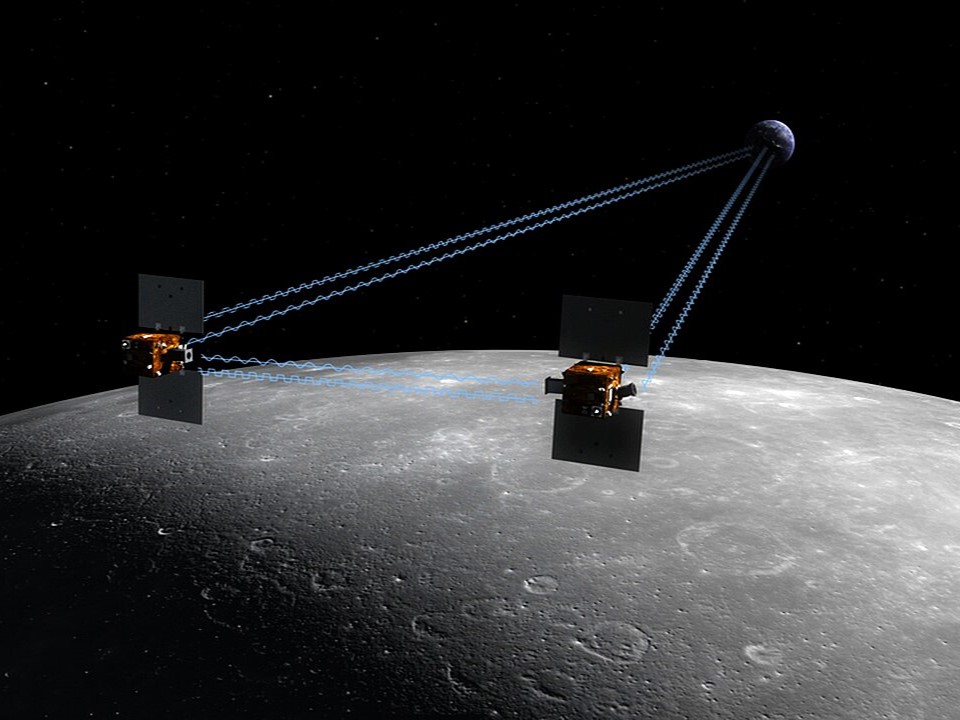
The twin shuttle mission by NASA called GRAIL (Gravity Recovery and Interior Laboratory) launched GRAIL-A (Ebb) and GRAIL-B (Flow) on September 10, 2011.
This mission was designed to map the moon’s gravitational field with unprecedented accuracy. It gave insights into the celestial body’s interior structure and composition, shedding light on its geological history and formation.
GRAIL-A and GRAIL-B flew in tandem formation over different regions, in different variations to meticulously track and record the changes initiated by the gravitational pull. It allowed scientists to create a detailed gravity map of the moon and the mass distribution under its surface, providing insights into its thermal history and early evolution.
Kaguya (SELENE) launched by Japan on September 14, 2007, also studied the moon’s gravity, magnetic field, and topography while capturing high-definition images and videos of the lunar surface. A few more moon missions after this have also attempted the same in different variations.
On moon’s poles
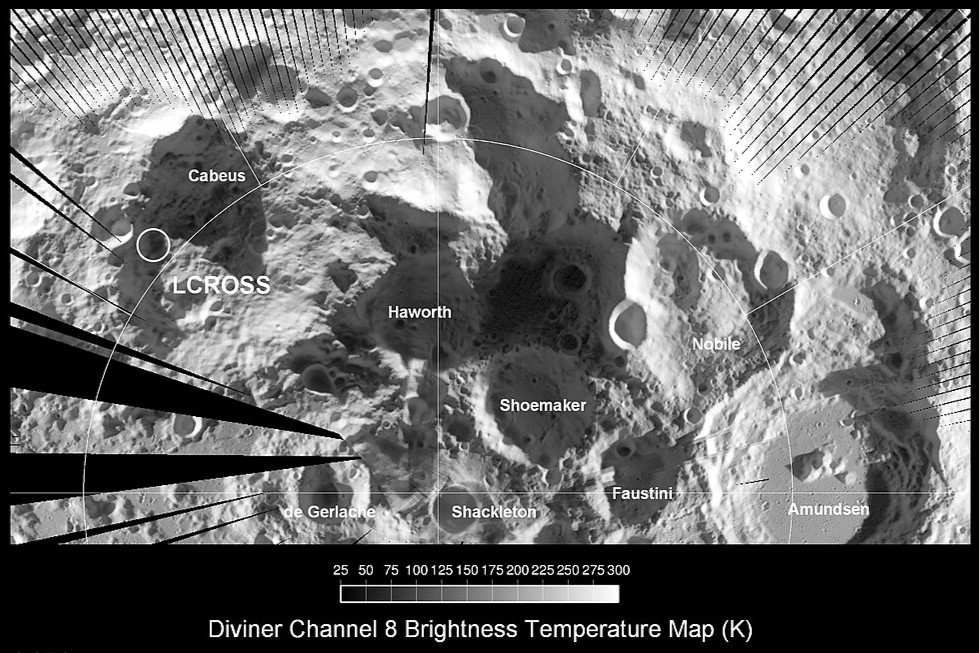
When it comes to moon missions, its poles have garnered equal points of interest. Missions to the lunar north pole have been a focus of exploration to uncover the mysteries of this remote region.
Some Notable endeavors include the Lunar Reconnaissance Orbiter (LRO) launched by NASA in 2009 which extensively mapped the area and identified potential sites of water ice by impacting the lunar surface and analysing the debris. China’s Chang’e 3 in 2013 and Chang’e 4 in 2018, have also contributed to understanding water molecules in polar regions. India’s Chandrayaan-1 launched in 2008 and India’s Chandrayaan-3 launched this year are also researching on moon’s south pole.
Meanwhile, NASA’s Artemis programme including the VIPER (Volatiles Investigating Polar Exploration Rover) targets the lunar south pole for exploration. It is also aimed at returning astronauts to the moon with planned missions in the mid-2020s.





